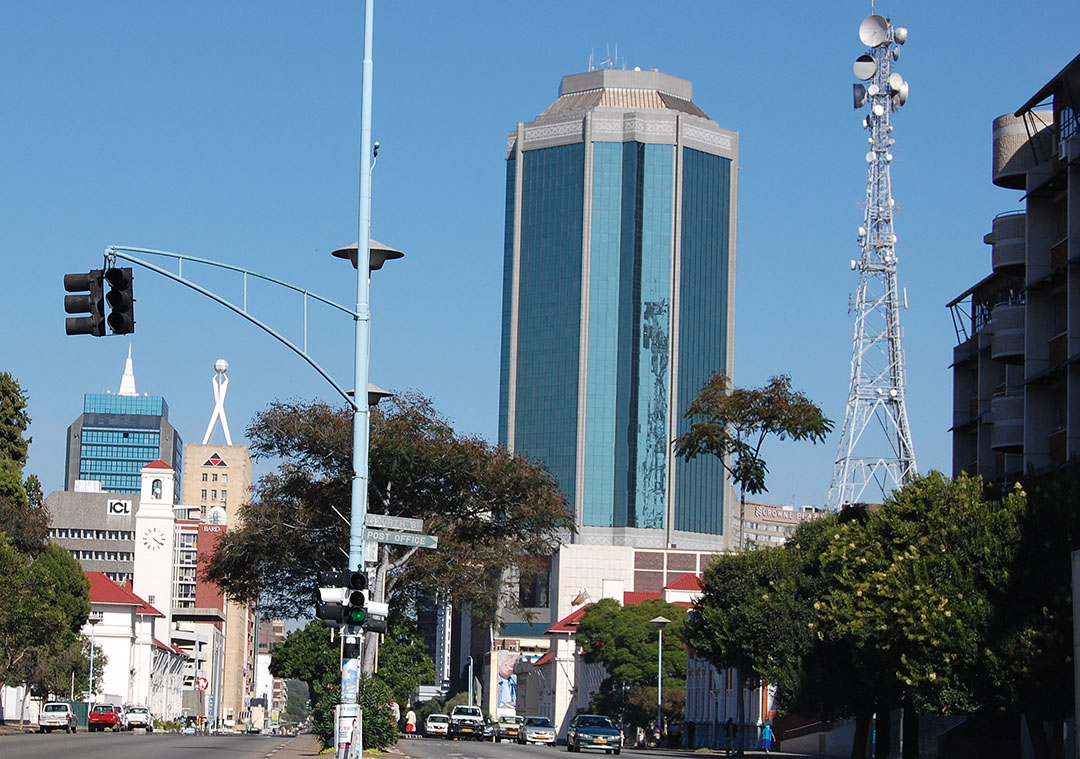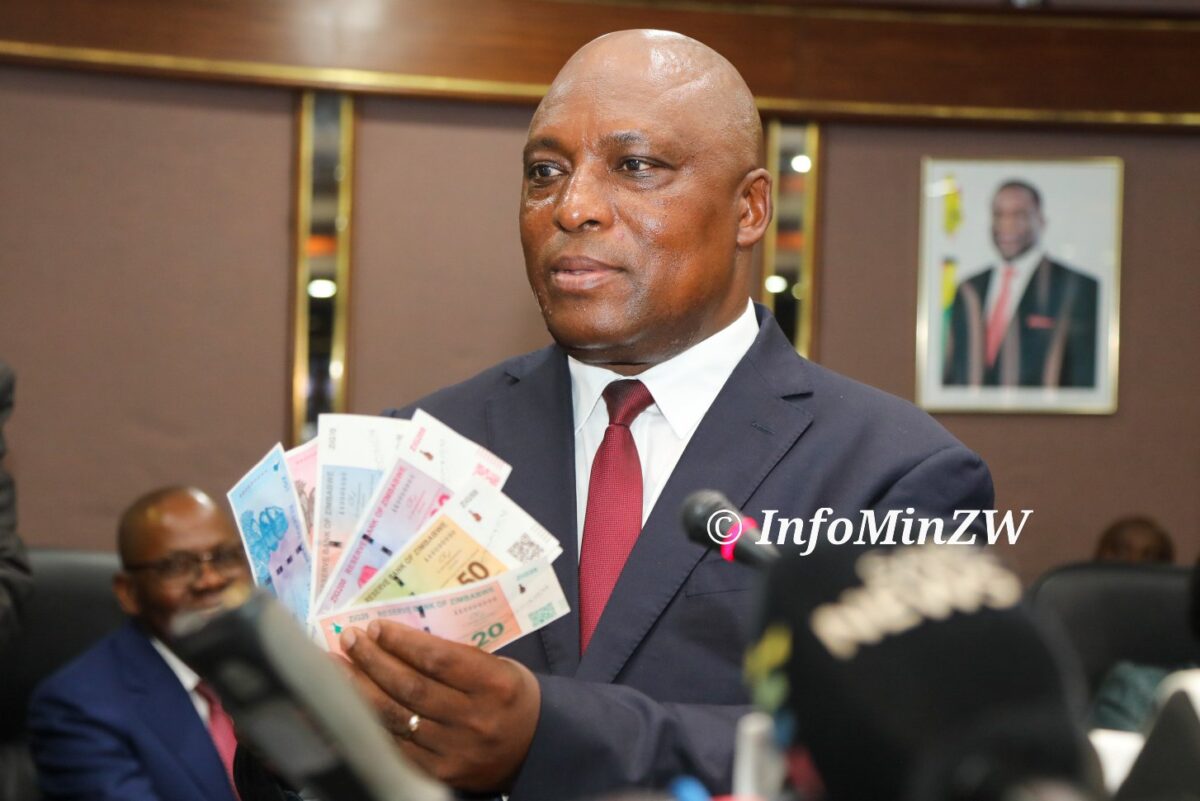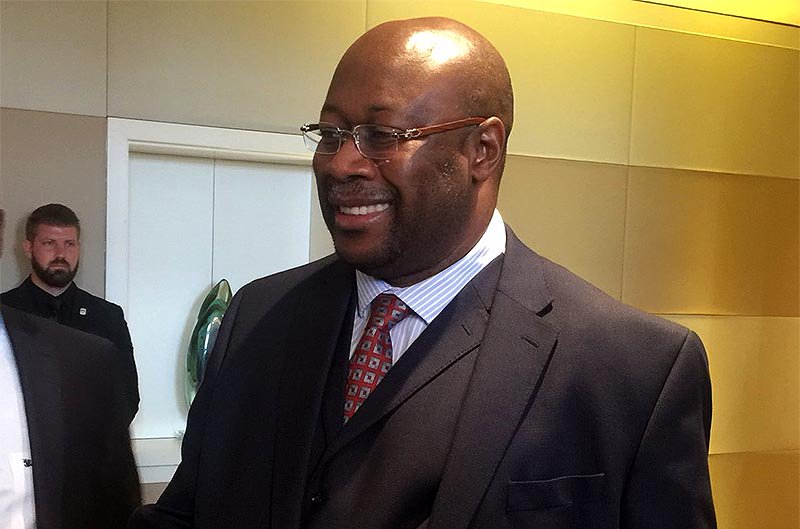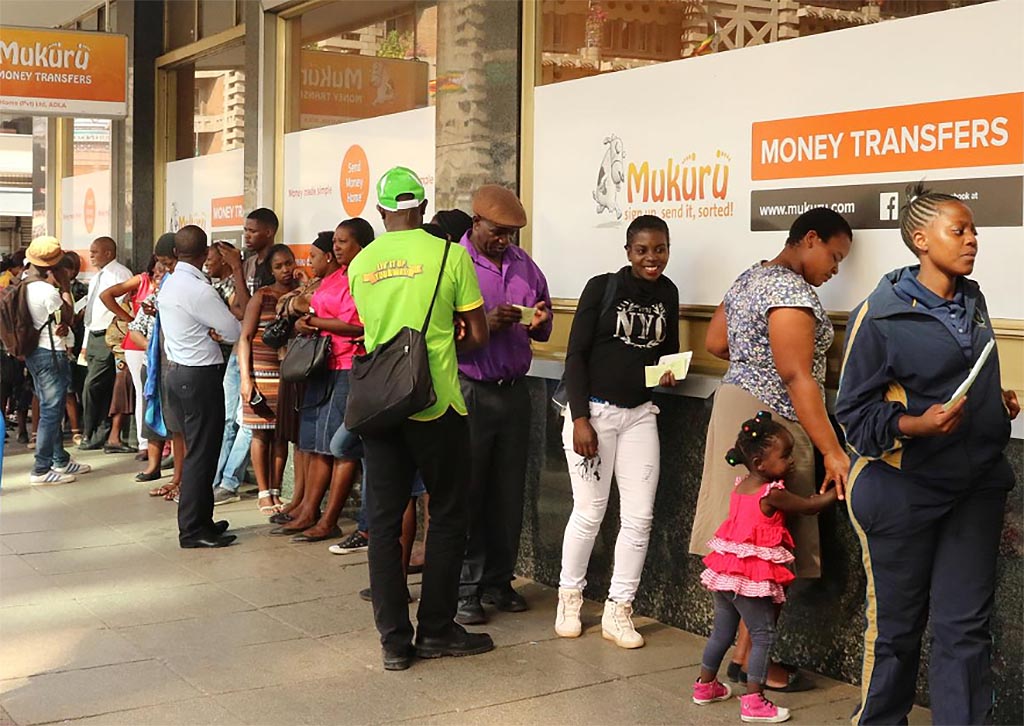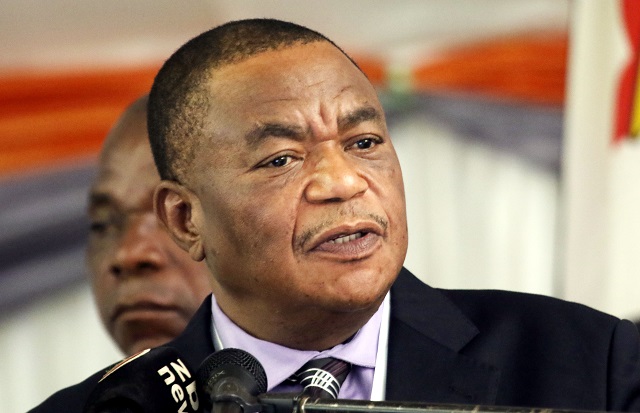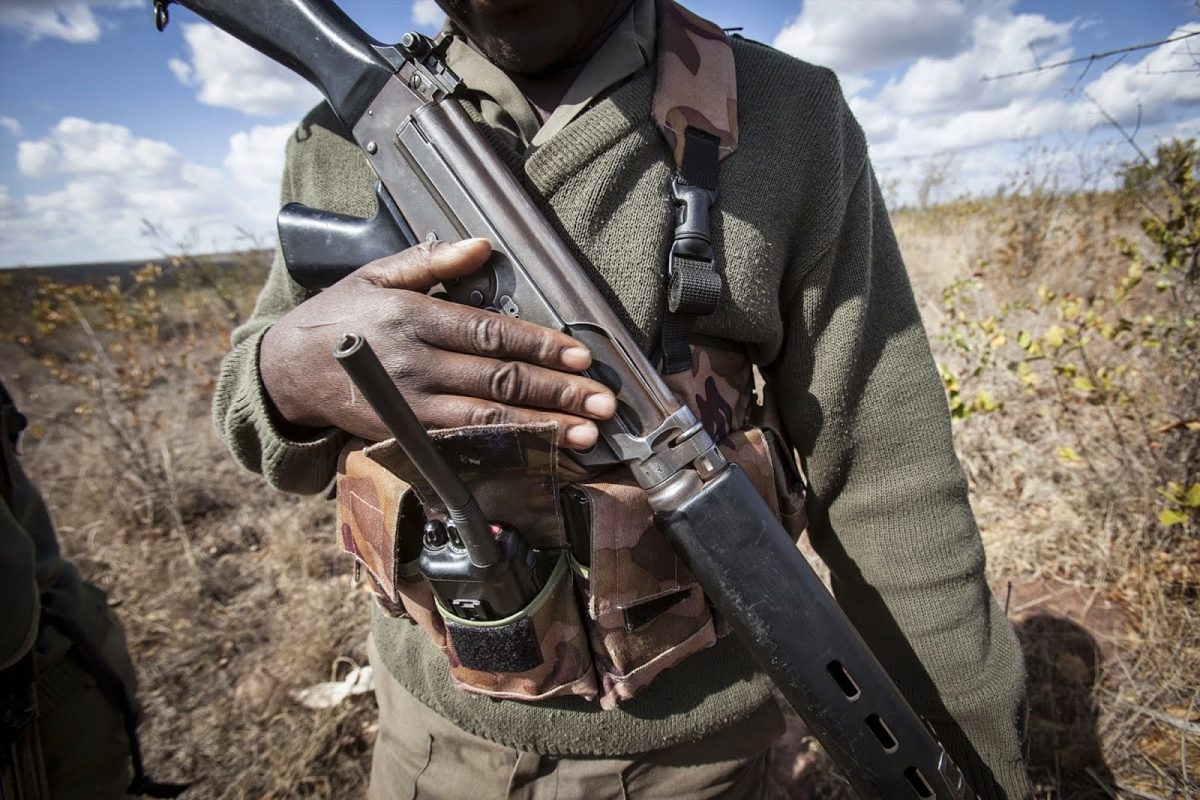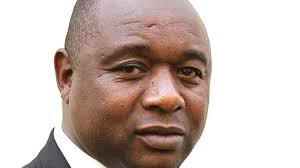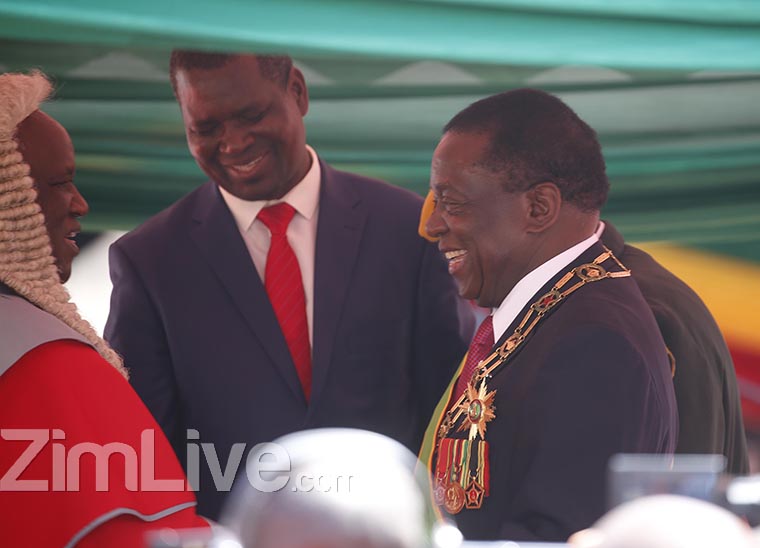SOUTH AFRICA JOHANNESBURG (Reuters) – Zimbabwe lifted its main lending rate to 40 percent from 35 percent previously on Thursday in a bid to reduce excess liquidity and control speculation in its foreign currency market, the central bank said.
Severe foreign currency shortages have been the clearest sign of an economic crisis that has sparked intermittent shortages of fuel, power, and medicines and seen prices soar in the southern African nation.
“The decision on interest rates takes into account the current liquidity conditions in the market and the need to continue controlling speculative borrowing,” The Reserve Bank of Zimbabwe said in a statement.
The bank said it was optimistic that its economic growth target of 7.4 percent for 2021 was attainable. It said it aimed to keep inflation below 10 percent in the year.
Zimbabwe recorded consumer inflation of 362 percent year-on-year in December 2020, with a monthly price-growth of 5.43 percent.
The introduction of a new 50 dollar note was on track, it added.
The country has long struggled with severe currency depreciation. It reintroduced the Zimbabwe dollar in 2019 after a decade of dollarisation, but the move failed to end severe cash shortages. Instead, it pushed up inflation and fuelled a thriving parallel currency market.
The bank said the introduction of a foreign currency auction system in June last year had helped to stabilise the parallel exchange rate premium and reduced it to a “tolerable” band of up to 20 percent.
As well as its interest rate decision, it announced a number of other measures it said would help macroeconomic stability, including maintaining the auction system and increasing its statutory reserves. – Reuters
